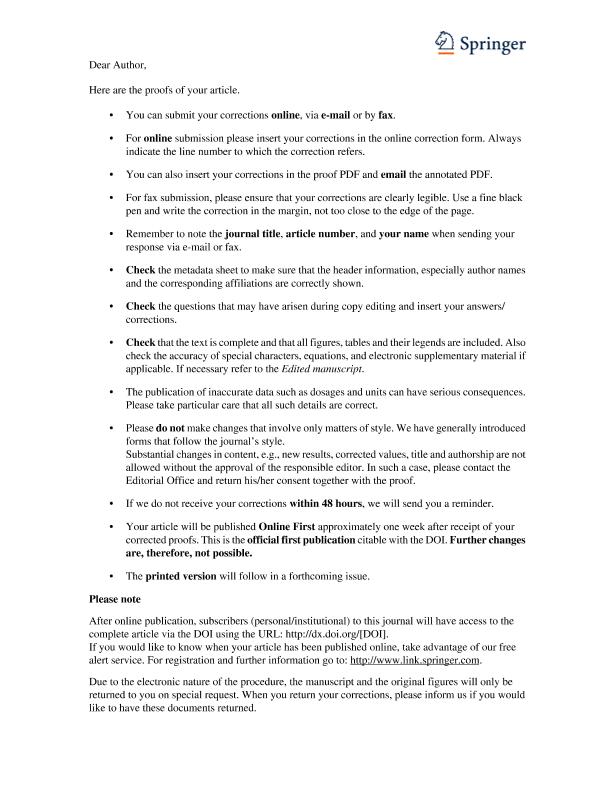Artículo
Using eco-physiological traits to understand the realized niche: the role of desiccation tolerance in Chagas disease vectors
Fecha de publicación:
10/2017
Editorial:
Springer
Revista:
Oecologia
ISSN:
0029-8549
e-ISSN:
1432-1939
Idioma:
Inglés
Tipo de recurso:
Artículo publicado
Clasificación temática:
Resumen
Small ectotherms, such as insects, with high surface area-to-volume ratios are usually at risk of dehydration in arid environments. We hypothesize that desiccation tolerance in insects could be reflected in their distribution, which is limited by areas with high relative values of water vapor pressure deficit (VPD) (e.g., hot and dry). The main goal of this study was to explore whether incorporation of eco-physiological traits such as desiccation tolerance in arid environments can improve our understanding of species distribution models (SDM). We use a novel eco-physiological approach to understand the distribution and the potential overlap with their fundamental niche in triatomine bugs, Chagas disease vectors. The desiccation dimension for T. infestans, T. delpontei, T. dimidiata, and T. sordida niches seems to extend to very dry areas. For T. vitticeps, xeric areas seem to limit the geographical range of their realized niche. The maximum VPD limits the western and southern distributions of T. vitticeps, T. delpontei, and T. patagonica. All species showed high tolerance to desiccation with survival times (35 °C-RH ~ 15%) ranging from 24 to 38 days, except for T. dimidiata (9 days), which can be explained by a higher water-loss rate, due to a higher cuticular permeability along with a higher critical water content. This approach indicates that most of these triatomine bugs could be exploiting the dryness dimension of their fundamental niche. Incorporating such species-specific traits in studies of distribution, range, and limits under scenarios of changing climate could enhance predictions of movement of disease-causing vectors into novel regions.
Palabras clave:
Physiological Ecology
,
Desiccation Tolerance
,
Sdm
,
Chagas Disease Vectors
Archivos asociados
Licencia
Identificadores
Colecciones
Articulos(CCT - PATAGONIA NORTE)
Articulos de CTRO.CIENTIFICO TECNOL.CONICET - PATAGONIA NORTE
Articulos de CTRO.CIENTIFICO TECNOL.CONICET - PATAGONIA NORTE
Citación
de la Vega, Gerardo José; Schilman, Pablo Ernesto; Using eco-physiological traits to understand the realized niche: the role of desiccation tolerance in Chagas disease vectors; Springer; Oecologia; 185; 4; 10-2017; 607-618
Compartir
Altmétricas




